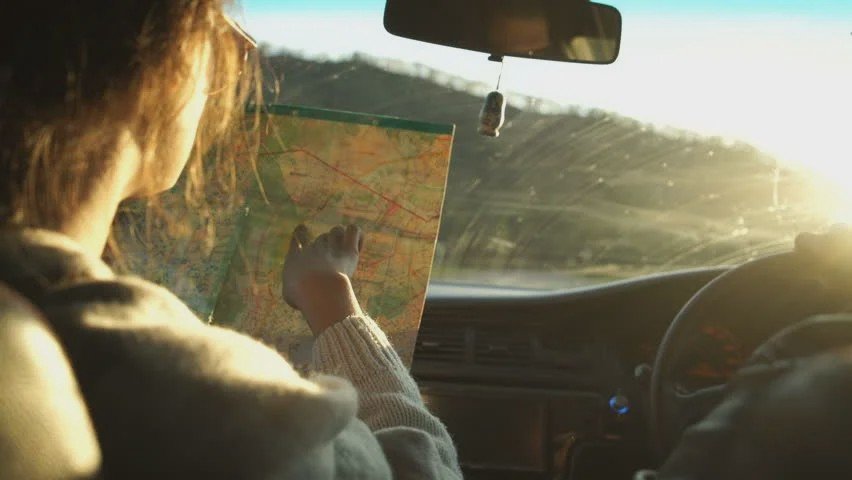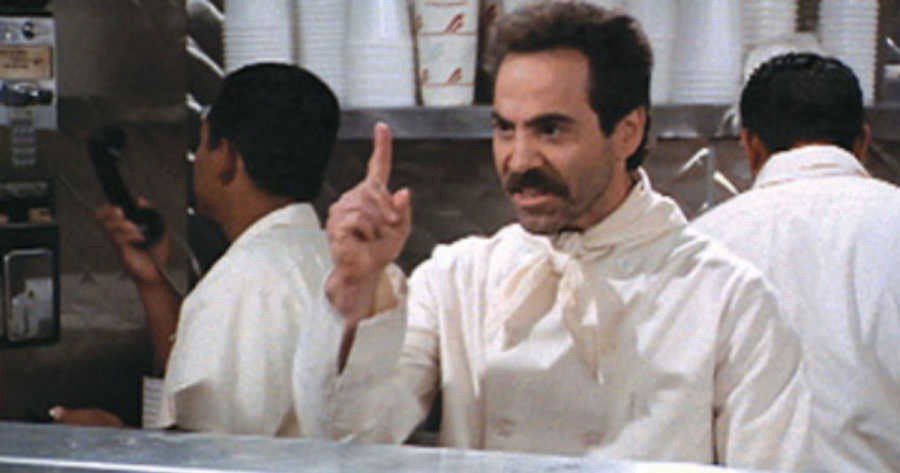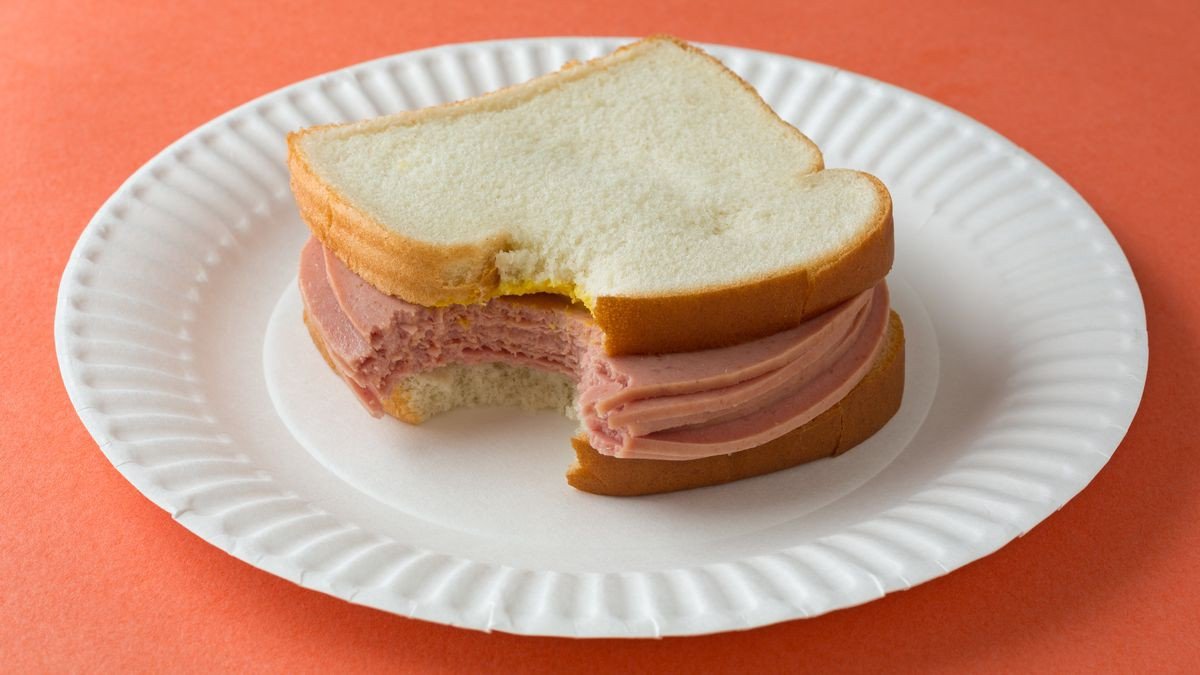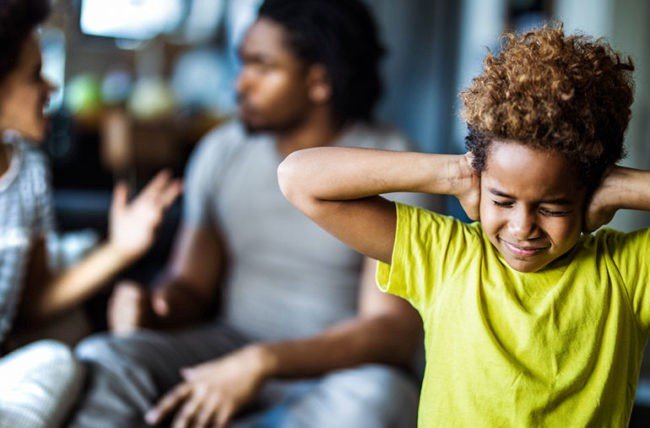Debunked: Why 10,000 Hours Is NOT the Ticket to Success—Here's What Is
Debunked: Why 10,000 Hours Is NOT the Ticket to Success—Here's What Is
Here’s my contrarian take. The 10,000 hours is bullshit.
The best odds for success…
Skill Stacking.
But let's first look at the popular wisdom of the 10,000 hours (made popular by Malcolm Gladwell).
How many people do you know who are truly experts or masters in their field?
Think about it.
How many kids play soccer, hockey, basketball or dance from 5 years old through high school (definitely over 10,000 hours)?
How many become pro?
One study found the percentage was .023%.
The most overlooked approach is stacking a unique combo of skills.
Skill Stacking.
What is skill stacking?
Remember Mega Man and how every time he defeated a new villain, he was able to copy that villain's special weapon.
And eventually, by acquiring all these special abilities, he was able to defeat Dr. Wily.
This is the same as skill stacking.
Another analogy for skill stacking is how my daughter puts together her ensemble.
On the surface, each item looks to be unrelated and seems to clash.
But once complete, she emerges as a strong and capable superhero who can accomplish anything.
The great thing is you don’t have to be an expert in any one of them.
By creating a combo of unique skills it can be a cheat code to success.
One of my favorite business personalities is Codie Sanchez.
Her skill stack has made her a boring business-buying powerhouse (and multi-millionaire).
She started a career as a journalist (writing) at the US-Mexico border, covering human trafficking and giving a voice to the unknown.
She realized that what put these victims in the position was the lack of money.
She then went into Mergers and Acquisitions (finance) at Goldman Sachs, a fancy way of saying she learned to get a good deal when buying a business.
She then began to focus on small businesses, the types of businesses that Goldman wasn’t focusing on (small business expertise).
Stacking these skills ‘Writing’ + ‘Finance’ + ‘Small Business Expertise’ has allowed her to write the book on how to buy small businesses.
Lately, I’ve been thinking a lot about my skill stack. And honestly, I wish I would have thought about it more when I was younger.
But I’m excited to encourage my kids to think about their Skill Stack for success.
I’m of the opinion there are two types of skills that should be included in our skill stack
1) Practical skills: writing, sales, communication and
2) Unique skills: arborist, improv, sommelier, permaculturist, puzzle-solving, etc.
The unique skills I would describe as obscure passions.
The skill stack that creates the most value for me is:
healthcare strategy consulting + B2B sales + writing.
I’m not a master of any of these, but together they make me marketable and make me money.
What obscure hobby do your children have that should be part of a skill stack?
Parenting Is Like Hitting A Wall
Parenting: Is like hitting a wall
Parenting is like climbing a rock wall.
It requires a partner, the belayer (at least to do it safely).
It’s extremely fatiguing (it can hurt like hell).
But when you make progress, you lock it in (climbing uses anchors aka belays)
And the hope is that it was worth it once you get to the top.
I mean, I’ve never met a dad who has been through it and doesn’t say it was worth it.
They could be lying, but I won’t know til I get to the top.
“on belay!” (the command in climbing, letting your partner know you are ready to climb)
The Stress-Free Way To Get Confident Little Bikers
Dads, don’t make this common mistake.
Teaching our kids to ride a bike can be as challenging for us dads as for our kids.
Here is the no pressure art of teaching your kids to ride a bike with confidence.
Dads, here’s the simplest way to teach your kids to ride a bike confidently.
The challenge: Teaching our kids to ride a bike is often frustrating for us dads.
Even when our intentions are good.
It doesn't have to be this way.
Here is my no-pressure art of teaching your kids to ride a bike with confidence.
First, here's how learning to ride went for me as a child:
My dad, a firefighter, was more of the cool-aid man (brute force) than a patient teacher.
He took the philosophy when teaching me to ride a bike:
1/ You will thank me later
2/ I don’t care about what you “Feel”. I care about results.
My dad’s approach:
1/ Buy me a new bike.
2/ Take me to a bike path.
3/ Give me a push as I wobble down the trail.
4/ And stay at it until I learned
The problem with this:
Every time he let go I was afraid to go on my own.
Falling down hurts.
He grew impatient.
I could feel his frustration, which only added to my hesitation and fear.
I started to cry.
“Dad, I wanna go home”
His response:
“We can go home if you learn to ride your bike, or we can go home after you have fallen five times.”
The results:
Skinned knees.
Tears.
I left defeated, cycling equaled fear & pain.
I didn’t try to ride my bike again for a year.
It doesn't have to be this way.
Here is my no-pressure art of teaching my son to confidently ride his pedal bike.
And there are 3 simple steps:
1/ Make sure the bike fits your kid properly.
Adjust the seat so their feet sit flat on the ground.
2/ Remove the pedals from the bike.
3/ With the pedal-less bike, they can scoot around on their own. And become more confident on 2 wheels.
The 2 reasons this is better:
1/ Encourages our kids to gain confidence at their own pace.
2/ Allows the experience to be pressure free: this isn’t a zero to a hundred process, but a gradual increase in skill.
Back to my childhood...
Eventually, I did learn how to ride my bike, free from my dad’s impatience.
I’m not mad at him I get his intentions.
He saw the neighborhood kids riding and knew that I would feel excluded If I didn’t learn.
But he made something that should've been fun, super stressful.
It doesn't have to be this way.
Give your kid the tools they need to teach themselves.
Soon, they will be asking you to put the pedals back on their bikes.
The Ancient Technique I’m Teaching My Kids
Dads, this ancient technique has led to some of history's greatest discoveries.
It’s centuries-old (~ 13th century) and even more practical today than ever.
And I'm teaching it to my kids.
Dads, this ancient technique has led to some of history's greatest discoveries.
It’s centuries-old (~ 13th century) and even more practical today than ever.
And I'm teaching it to my kids.
Einstein lived by it.
This simple yet proven technique can be used just as much in life as in business or in science.
That timeless technique:
The scientific method.
Ok that was a lot of build up.
Let me tell you why I'm teaching my kids the scientific method and how I’m making it fun.
Even for children as young as 3.
The scientific method is a simple, profound way to snap up knowledge like Mario nabbing mushrooms.
It is this method that leads to new discoveries.
The beauty is that it starts with curiosity and is rooted in trying (experimentation).
And although science is in the name, it doesn’t take a scientist.
The scientific method teaches that failure (trial and error) is part of the process.
And we learn as much from what doesn’t work than what does.
And data is the true indicator of outcome.
I have found a fun way to make it a part of my 3 and 4-year-olds' daily life.
We play a game called “What Floats?”
No this isn't a poop joke.
At bathtime, we scan the bathroom for things we think might float in the bathtub (observe).
We ask the question: "which bathroom item will float?" (question)
We look for items that we think might float and come up with guesses of why we think it might float (hypothesis).
Then we drop it in the tub and see what happens (baby sister is off limits) (experiment).
We see what floats and what sinks (analysis).
And we keep retrying with new items.
We start to see a pattern (knowledge).
It's beautiful.
It's simple.
You can take try it out with almost anything like:
"What can you add to lemonade to make it sweeter?"
Or the next time your child asks, “why do some balloons float?”
Instead of just telling them the answer, ask them what they think.
And turn it into a science experiment.
Yes, you might burn half a day but what better way to kill a rainy Sunday than to experiment?
And I also realized that I use the scientific method almost every day.
At work and in life.
I use it to:
Test and find the right message that will land with potential clients.
Or identify what is wrong with our two-year-old oven.
And my kids use this approach to figure out how they can squeeze another snack out of daddio.
Kids are born with the intuition to use the scientific method.
It is how they learn to walk, talk and stop pooping their pants.
The challenge is as kids get older.
Failure becomes less accepted…
Most stop using the scientific method unless they are in a science lab.
That is why making the scientific method a learning tool is so important for my family and me.
Even if they don’t study science, this approach will treat them well in business or daily life.
and just maybe one day…
They will discover something that has never been discovered.
The NO Pressure Art of Teaching Your Kids To Ride A Bike
Dads, don’t make this common mistake.
Teaching our kids to ride a bike can be as challenging for us dads as for our kids.
Here is the no pressure art of teaching your kids to ride a bike with confidence.
When my dad taught me how to ride a bike, he had two things to say:
You will thank me later
I don’t care about what you “Feel”. I care about results.
His Methodology:
Buy me a new bike.
Take me to a bike path.
Hold me by the shoulders as I wobble down the trail.
The problem?
Every time he let go, I would put my foot down.
I was afraid to go on my own.
This is rational; falling down hurts.
He was patient with me at first.
He would tell me, “The faster you go, the easier it is!”
While this is literally true, this advice did not factor in the real fear I felt.
He grew impatient.
I could feel his frustration, which only added to my hesitation and fear.
I started to cry.
Now, I can recognize that I was crying because I felt like he wasn’t listening to me.
“Dad, I wanna go home”
His response:
“We can go home if you learn to ride your bike, or we can go home after you have fallen five times.”
The results:
Skinned knees.
Tears.
I left the trail defeated, now associating cycling with fear and pain.
I didn’t try to ride my bike again for a year.
It doesn’t have to be like this.
This isn’t about the training method I am going to share with you, but about what the spirit of it teaches us about being a loving coach.
The New Method:
Make sure the bike fits your kid properly. For this, that means adjusting the seat so that their feet sit flat on the ground.
Remove the pedals from the bike.
With the pedal-less bike, let the kid scoot around on their own. They will naturally become more confident on two wheels, and soon they will be ready for you to put the pedals back on.
This method does two things better:
Encourages our kids to gain confidence at their own pace.
Allows the experience to be pressure free: this isn’t a zero to a hundred process, but a gradual increase in skill.
I did learn how to ride my bike eventually. Alone, out in our quiet street. It was in this environment, free from my dad’s impatience, that I found the confidence to try again.
I’m not mad at him; I understand how pure his intentions were. He saw all the neighborhood kids riding, and knew that I would feel excluded If I didn’t learn.
In his zealousness to help me, he made something that should have been fun incredibly stressful.
We don’t have to parent like this.
By creating an environment in which learning a new skill is fun and gradual, our kids will be able to teach themselves.
Don’t put your hand on your kids shoulder, and then be frustrated when they miss your support.
Instead, give your kid the tools they need to teach themselves.
Soon, they will be asking you to put the pedals back on their bikes.
The 9 Do’s And Don’ts Of A Father-Son Roadtrip
The 9 Do’s And Don’ts Of A Father-Son Roadtrip plus a bonus
The Open Road. Limitless Possibilities. The Roadtrip might be the quintessential American vacation. While taking the entire family out to Joshua Tree is awesome, the Father-Son roadtrip can be an unforgettable-moment-making-machine.
To help make sure your unforgettable-moment-making-machine doesn’t become a future-resentment-making-machine, here are The 9 Do’s And Don’ts Of A Father-Son-Roadtrip.
DO: Make Your Son Lead Navigator
His Two New Friends: Rand & McNally
Give him an atlas. Tell him: You are the navigator.
Not only will he revel in the weight of imagined responsibility, he will be growing his Spatial Intelligence, which will help in the future when he’s signing up for Geometry class.
DON’T: Be The Roadtrip Dictator
“No Bathroom Stops For You!”
Nothing kills curiosity faster than these four words: Because I said so.
Frame this roadtrip as an adventure. That means being open to his suggestions(within reason).
Which brings me to my next point…
DO: Allow Time For Spontaneous Adventures
“It’s Wayyyyyy More Impressive In Person”-You Guys Explaining The Pics To Your Wife
This isn’t the cross-country mission to college you took when you were 18.
Is your son ridiculously excited to see The World’s Largest Ball Of Sisal Twine?
Do it!
The fun of a roadtrip is the capacity for spontaneous adventures.
You aren’t on a bullet train. Take advantage of what makes a roadtrip special.
DON’T: Pass Through A Major City During Rush Hour
“How many more minutes, dad?”
If road trips are all about feeling the wind in your hair (if you still have some), nothing deflates the mood faster than bumper to bumper traffic.
If you know you have to pass through a major city, do your best to do it early in the morning, or late at night.
DO: Take A Peek Under The Hood Before Embarking
…Or Have The Pro’s Do It
If you thought some traffic killed all of your momentum, wait ’til your transmission craps out in the middle of northern Idaho.
Trust me, you do not want to be stranded in Kooskia for three days.
DON’T: Be A Cheapskate
Not Pictured: The Laxatives Necessary After 3 Straight Baloney Sandwich Days
Baloney sandwiches are great, but a real meal every once and awhile is essential to making sure that your road trip is not entering future-resentment-making-machine territory.
Splash out on at least one real meal a day.
Both your bowels and your son will thank you.
That being said, another great way to save money is…
DO: Bring Camping Supplies!
Long Exposure Selfie Not Included With Tent
While hotel stays can be an essential recharge after a long day crammed in the car, spending the night under the stars can be one of those moments your kid will never forget.
Plus, this isn’t an ultralight thru-hike of the Appalachian Trail.
Bring all the gadgets you want.
Bring that heavy cast iron griddle.
Make Smashburgers in Yellowstone.
DON’T: Check Your Emails
Is It Worth Your Joy?
Before you go, make sure that you have taken all of the steps necessary to unplug.
By being confident you aren’t forgetting something, you fully immerse yourself in the moment.
(Your kid will appreciate it, also)
DO: Give Your Kid Disposable Cameras And Hire Him As Your Photographer
You’re Out-Of-Frame, Dad!
Again, this is an opportunity to make your kid feel like he’s contributing towards the mission.
Plus…
Novelty of a Film Camera + The Mystery of How The Pics Will Turn Out =
Fun lesson in delayed gratification.
Now, all of this has been fun, but whatever you do……
BONUS: DO NOT USE THE ROAD-TRIP TO GIVE “THE TALK”
Don’t Do It, Man
If you don’t want this trip to forever be associated with the in’s and out’s of puberty, save “the talk” for a day you don’t plan on doing anything fun.
Let this trip be memorable for all of the right reasons, and none of the awkward ones.





















